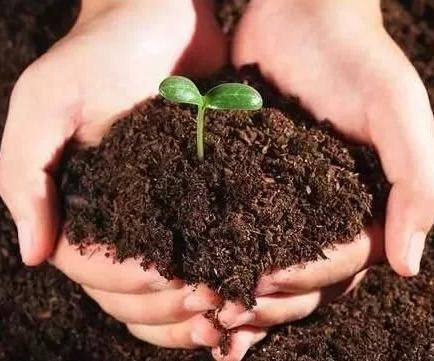The molecular oxygen dissolved in water is called dissolved oxygen and is usually marked as D0. The amount of dissolved oxygen in the surface water is 5-10mg/L. When there are strong winds and waves, the dissolved oxygen in water can reach 14mg/L. Dissolved oxygen saturation=dissolved oxygen Measured value/Saturation content of dissolved oxygen under measured conditions*100%, that is to say, 90% and above, the measured value is above 7.5mg/L, and the minimum is 2mg/L.
Low-oxygen water will go through the plant and remove oxygen from the root system, and similarly, it will deplete the oxygen in the soil. Both a healthy plant and a healthy soil flora need oxygen in these two parts.
The lack of dissolving oxygen in water can also cause other problems. For example, nematodes like anoxic soil. Irrigating plants with low-oxygen water will cause them to get near the surface and easily damage the roots of the plants.
Studies have demonstrated that reducing the concentration of dissolved oxygen in the root environment of the plant will reduce the ability of the plant to absorb nitrogen and water. Lack of oxygen can harm the roots. During the period of adaptation to low concentrations of dissolved oxygen, the plant’s metabolism changes. The lack of oxygen inside the plant is called internal hypoxia. One of the consequences is that sucrose degrades, and plants move toward energy-saving ways to compensate for the lack of oxygen.
The photosynthesis of phytoplankton is the primary source of oxygen in the pond, generally accounting for 56%-80% of the oxygen source; the rest comes from the wind blowing waves so that the oxygen in the air is directly dissolved into the water. Advantageous 12-14mg/L
Heilongjiang: An area of 600 square meters of basking pool will improve the water temperature by 3 to 4 degrees and increase grain production by 6%.
Post time: Jul-15-2021






